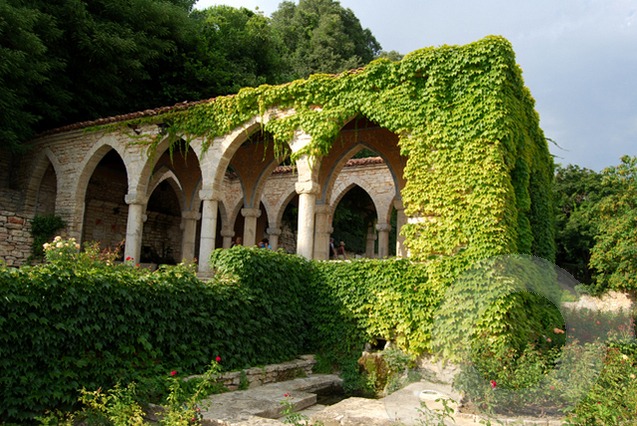Located on the northeastern coast of Bulgaria, Balchik is a town with a rich history that dates back over 2000 years. Initially settled by the Thracians, it later became a Greek settlement known as Krounoi and Dionysopolis. The town grew into a strategic trade and marine center, but declined after repeated attacks by the Romans. The name Balchik has two possible origins, either from the Turkish word for “small town” or from the name of a conqueror who ruled the town in the Middle Ages. The town became part of Romania after the Balkan wars, and Queen Maria of Romania established her summer residence there. Today, Balchik is known for its beautiful palace, botanical garden, and art gallery.
History of Balchik
The history of Balchik can be traced back to the Thracians, who left behind objects that provide evidence of their settlement in the area. The town was later settled by the Greeks, who were enchanted by the nature and fertile land. The settlement became known as Dionysopolis, named after the Greek god of wine Dionysus. Over time, the town grew into a strategic trade and marine center, but was repeatedly attacked by the Romans, leading to its decline.
Origin of the Name
There are two theories regarding the origin of the name Balchik. The first theory suggests that it is of Turkish origin, meaning “small town.” The second theory proposes that the conqueror of the town, a boyar named Balchik, ruled there in the Middle Ages and gave the settlement his own name.
Romanian Influence and Queen Maria’s Summer Residence
After the Balkan wars, Balchik became part of Romania’s territory. Queen Maria of Romania decided to establish her summer residence here due to the region’s beauty and nature. The residence, known as the Quiet Nest, was designed by world-famous architects and botanists. The palace combines various architectural styles, including Mauritian, Christian, and typically Bulgarian styles. The garden surrounding the palace features Arab and Roman tiles, a minaret, and a chapel, showcasing the queen’s attempt to unite different cultures and religions.
Balchik Botanical Garden
One of the highlights of Balchik is its world-famous botanical garden, which is managed by Sofia University. The garden boasts the second-largest cacti collection in Europe, with the largest collection found in Monaco. In addition to cacti, the garden houses a diverse range of plant species collected from different parts of the world. Notably, the garden is home to the metasequoia, a species that was once considered extinct. The garden’s alleys, benches, and stunning views of flowers such as water lilies and magnolias make it a romantic destination.
Balchik Art Gallery
The Balchik Art Gallery is another notable attraction in the town. Established in the 1930s, the gallery is housed in the renovated building of the former Balchik high school. With an area of 800 square meters, it hosts remarkable works of art and has held exhibitions featuring the works of renowned artists such as Salvador Dali.
Preservation of Balchik’s Charm
Despite its popularity, the town has managed to preserve its romantic atmosphere and has not succumbed to becoming a mass tourist resort. The town maintains its rich culture, history, and natural beauty. Visitors can enjoy the town’s charming streets, beautiful coastline, and the warmth of its locals.
Conclusion
Balchik is a town with a fascinating history that dates back over 2000 years. From its origins as a Thracian settlement to its Greek and Roman influences, and later becoming part of Romania, the town has experienced various cultural influences throughout its existence. Today, it is known for its stunning palace, world-famous botanical garden, and vibrant art scene. Despite its attractions, it has managed to retain its romantic atmosphere and preserve its rich heritage. Visitors can immerse themselves in the town’s history, explore its natural beauty, and enjoy the warmth of its locals.

